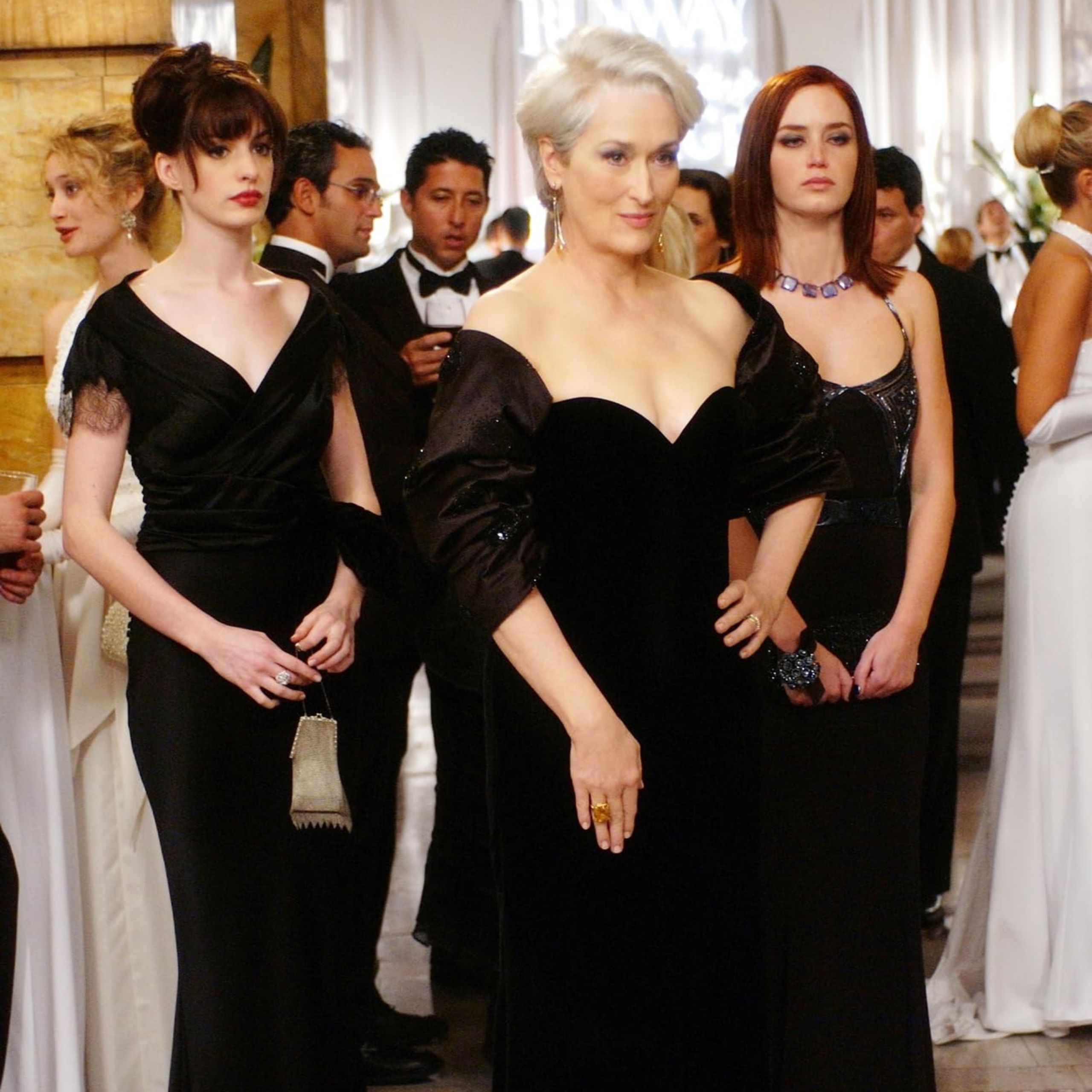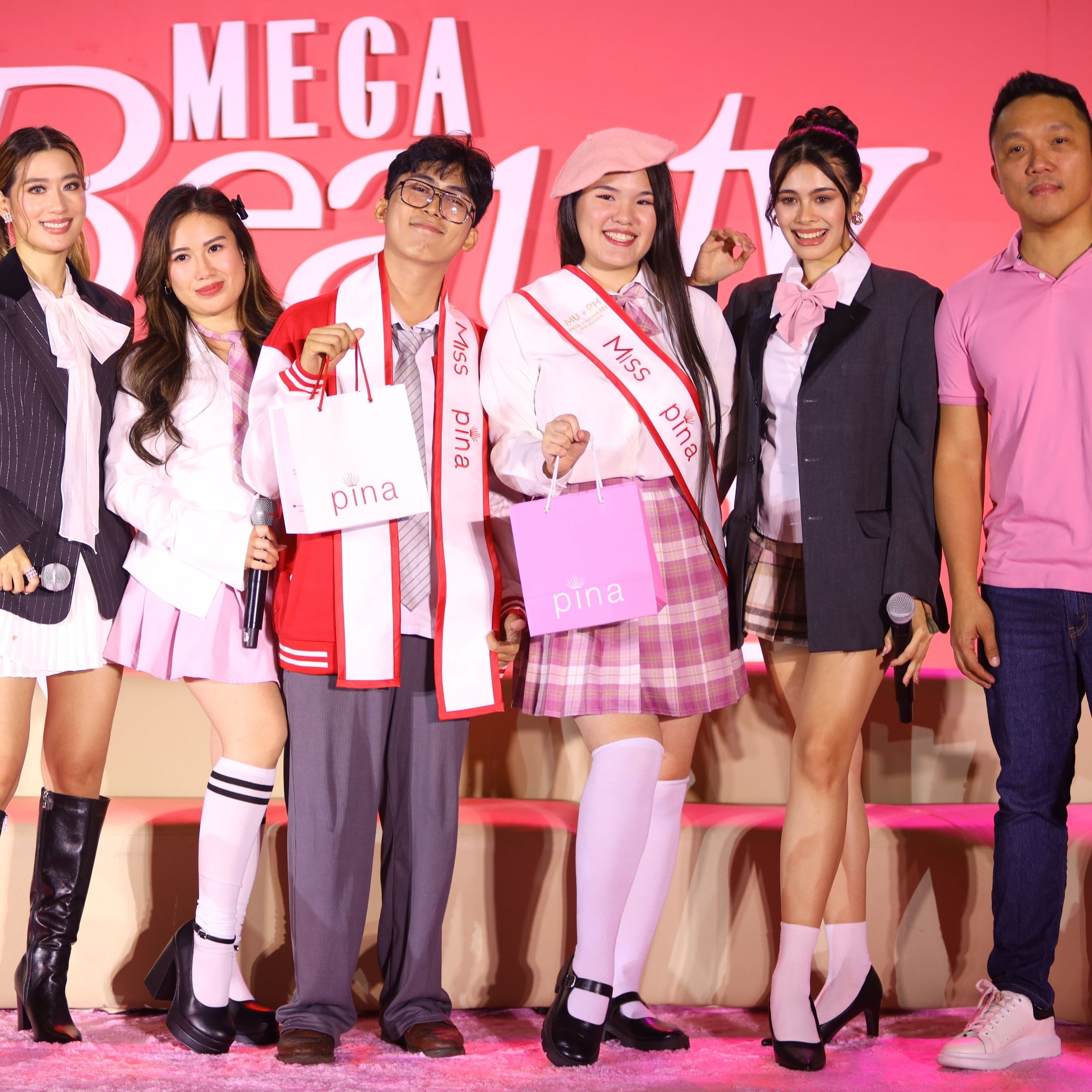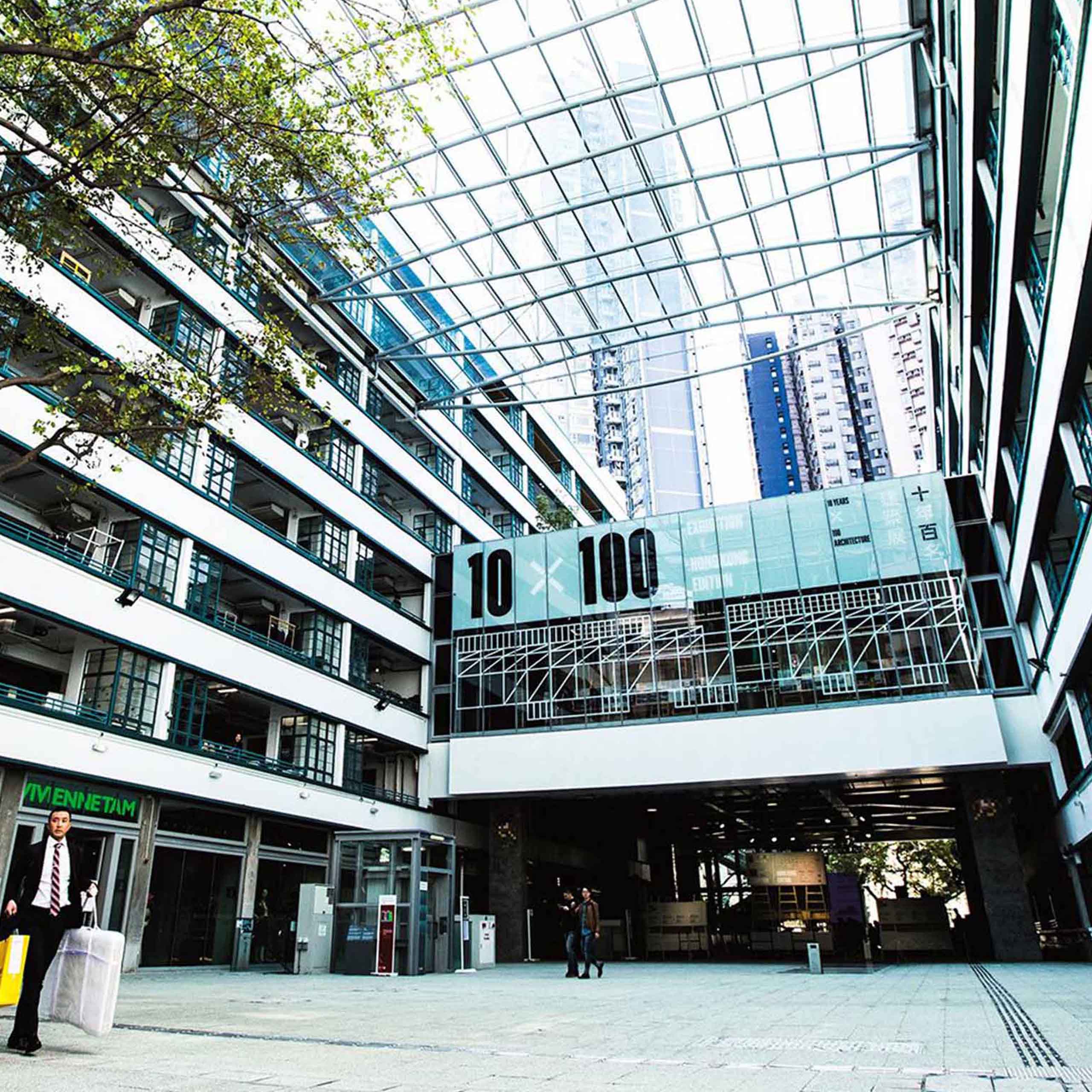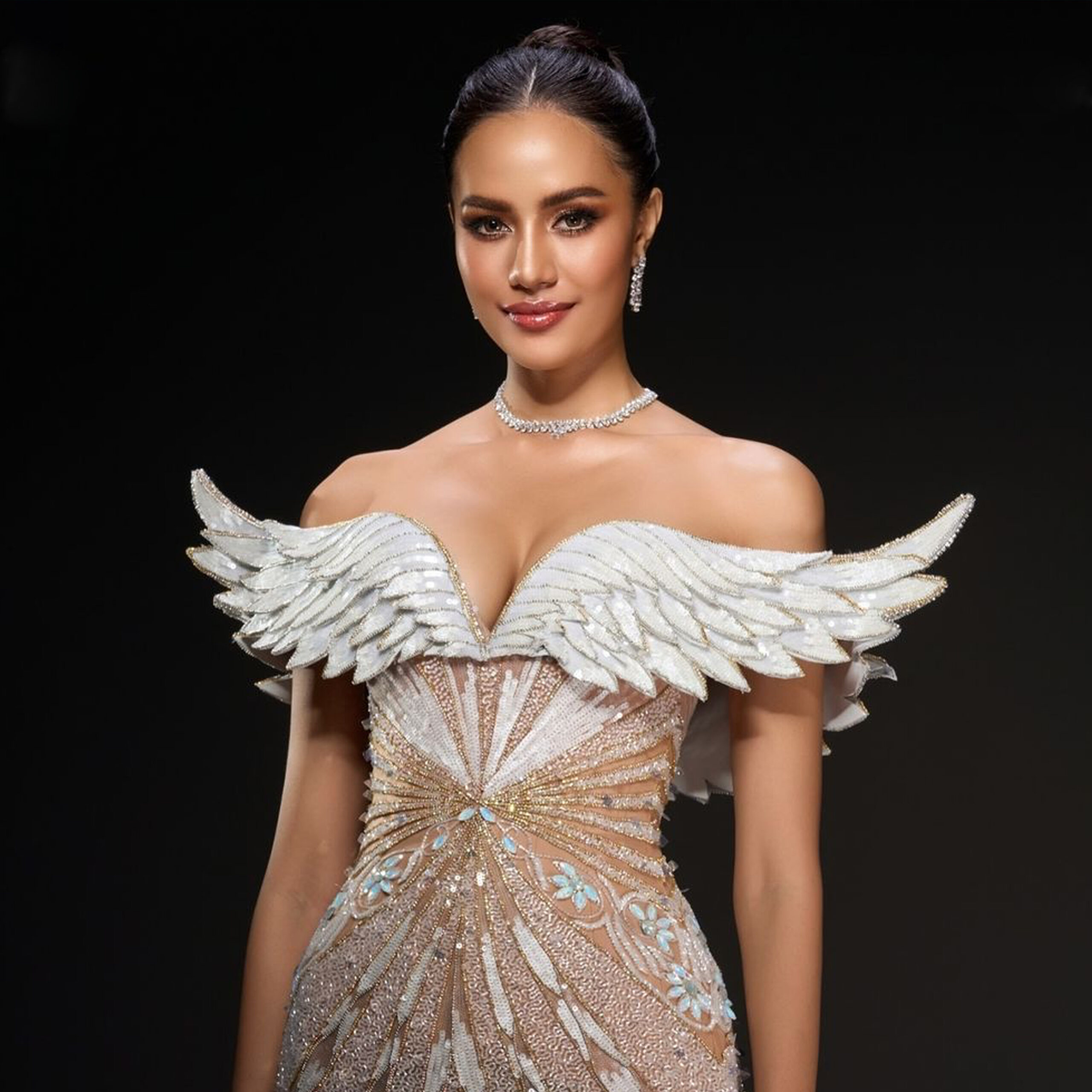Sequels often have large shoes to fill, and The Devil Wears Prada 2 is no exception as the film is in the works at Disney, with Meryl Streep and Emily Blunt set to reprise their iconic roles
The Devil Wears Prada was a film that once had assistants fearing for their lives. But times have changed, and so has the fashion industry. The perception of print publishing has shifted dramatically. The world is different, and we must adapt to it.
RELATED: Anne Hathaway Reminds Us Her Evident Beauty in Her Classic Films
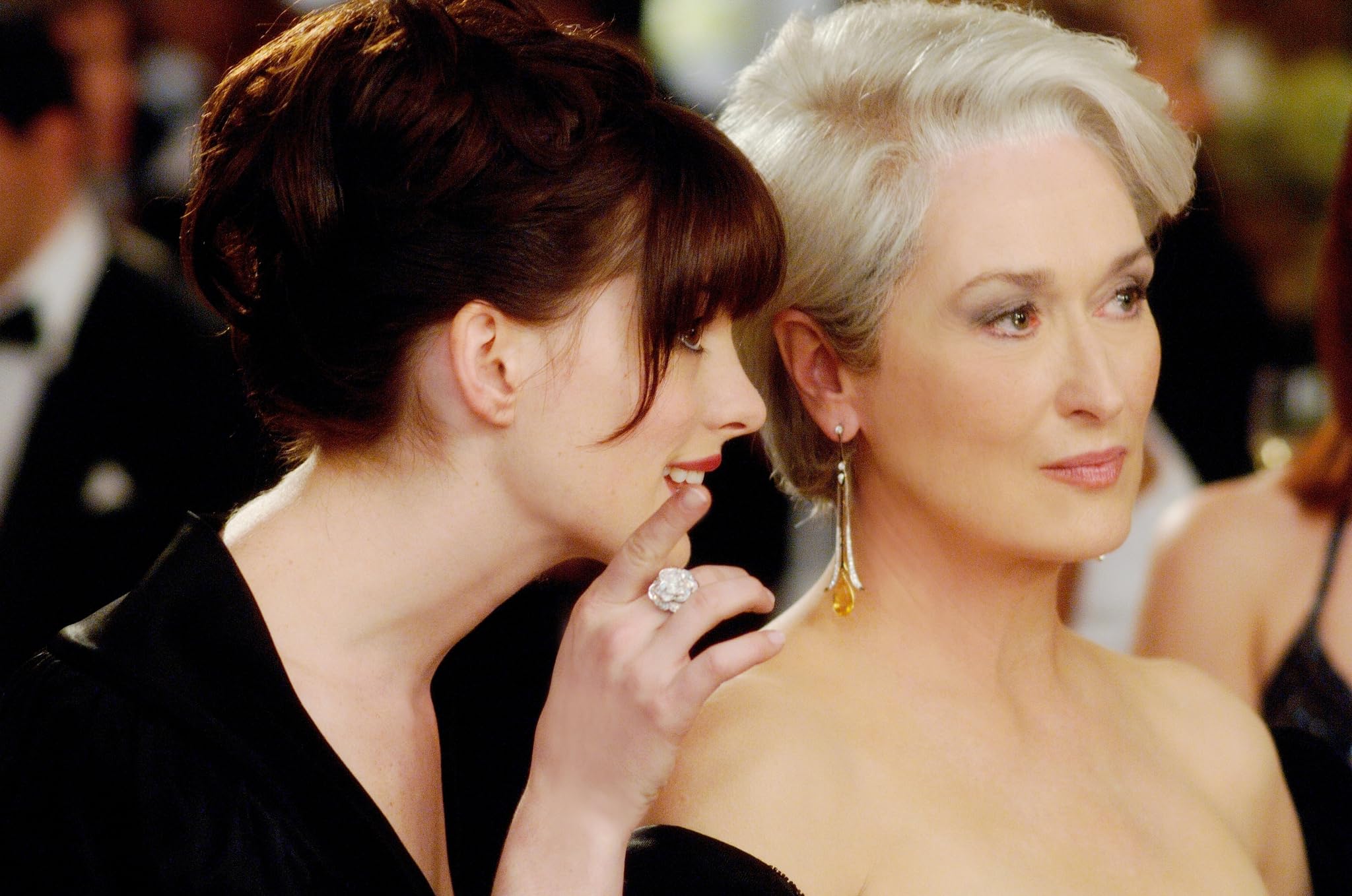
The revealed plot for the sequel indicates that Miranda Priestly will be grappling with the decline of traditional magazine publishing and will find herself up against none other than Emily Charlton, now a high-powered executive for a luxury group—think LVMH—with the kind of advertising dollars Priestly desperately needs. It’s the ultimate showdown: old guard versus new money, with a runway’s worth of drama.
Yet, in today’s media, print and digital platforms are like that iconic cerulean sweater: each thread may seem insignificant alone, but together, they assume the fabric of contemporary style. Andy Sachs would need to navigate a world where where collaboration often trumps competition. What else has changed?
Social Media Influence
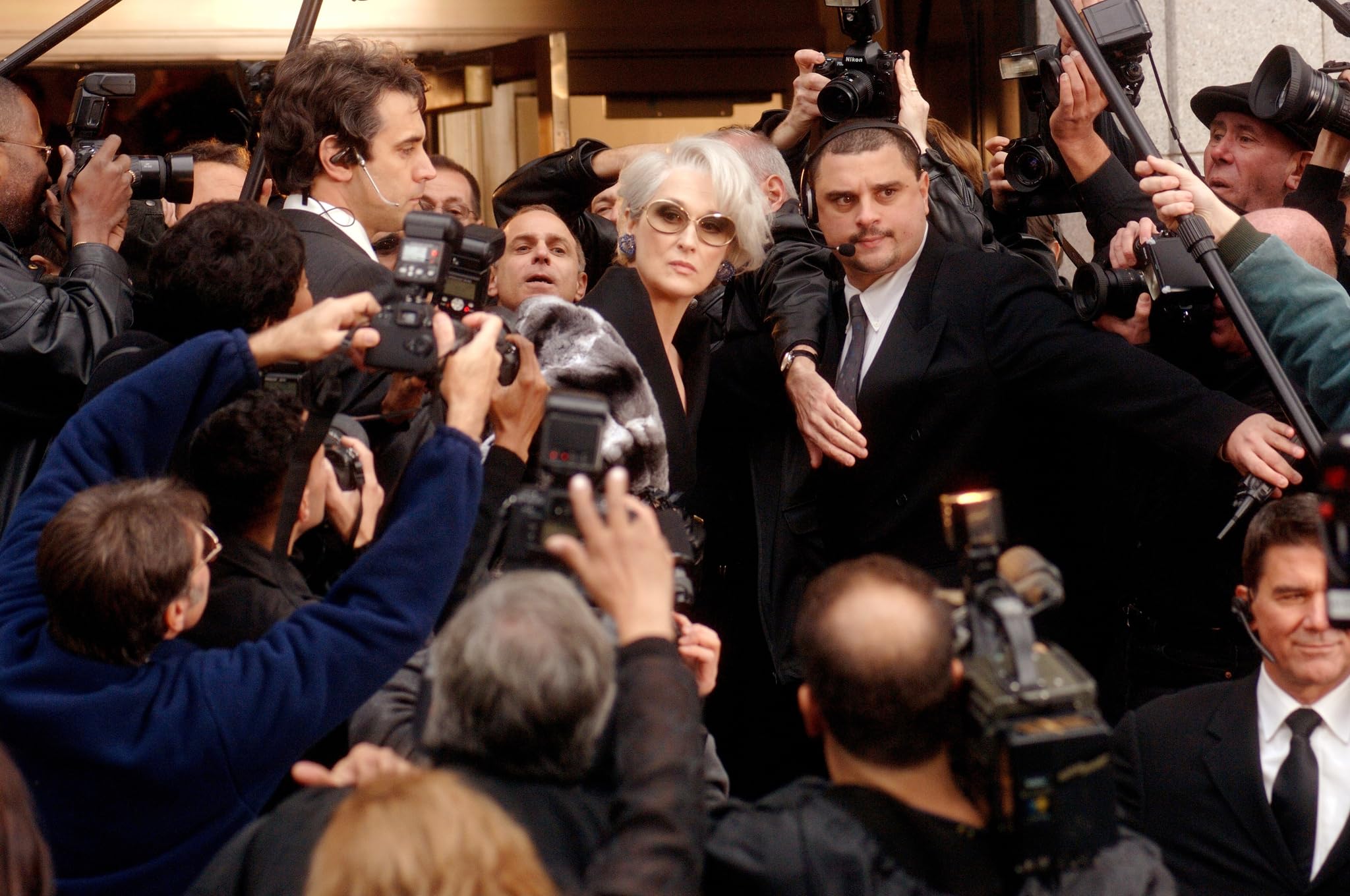
Social media platforms like Instagram have revolutionized how trends are shaped. Today, speed in posting content online is king. Likes, views, and virality on online platforms can determine the success of a campaign faster than Emily can fetch Hermés scarves.
Changing Flats to Heels
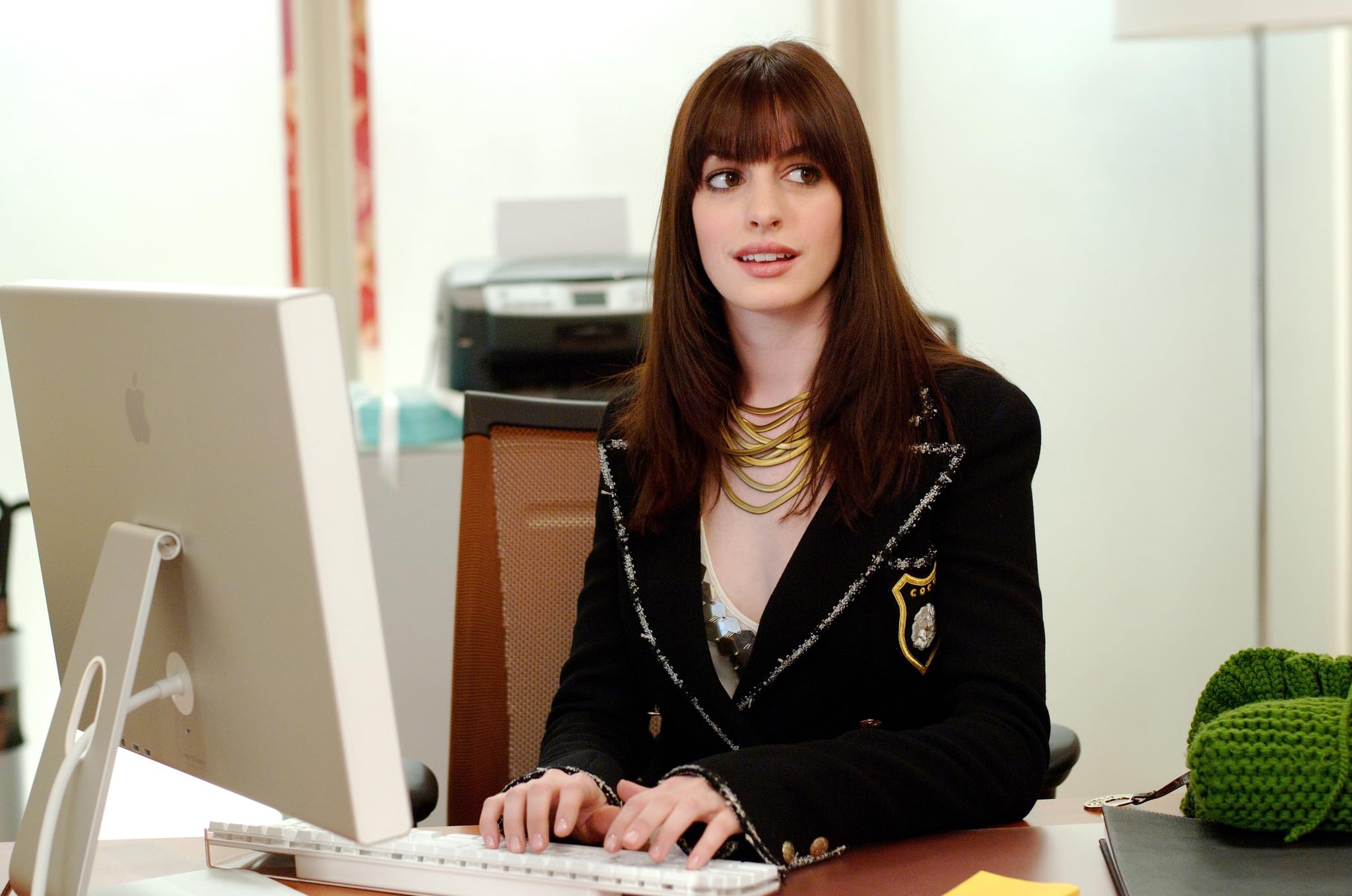
In today’s workplace, sneakers and ballet flats have not only become trendy but are also widely accepted in the industry. Comfort has taken the runway by storm, making this heel-swapping ritual a thing of the past, especially when you’re trying to get 10 or 15 skirts from Calvin Klein.
Body Positivity Movement
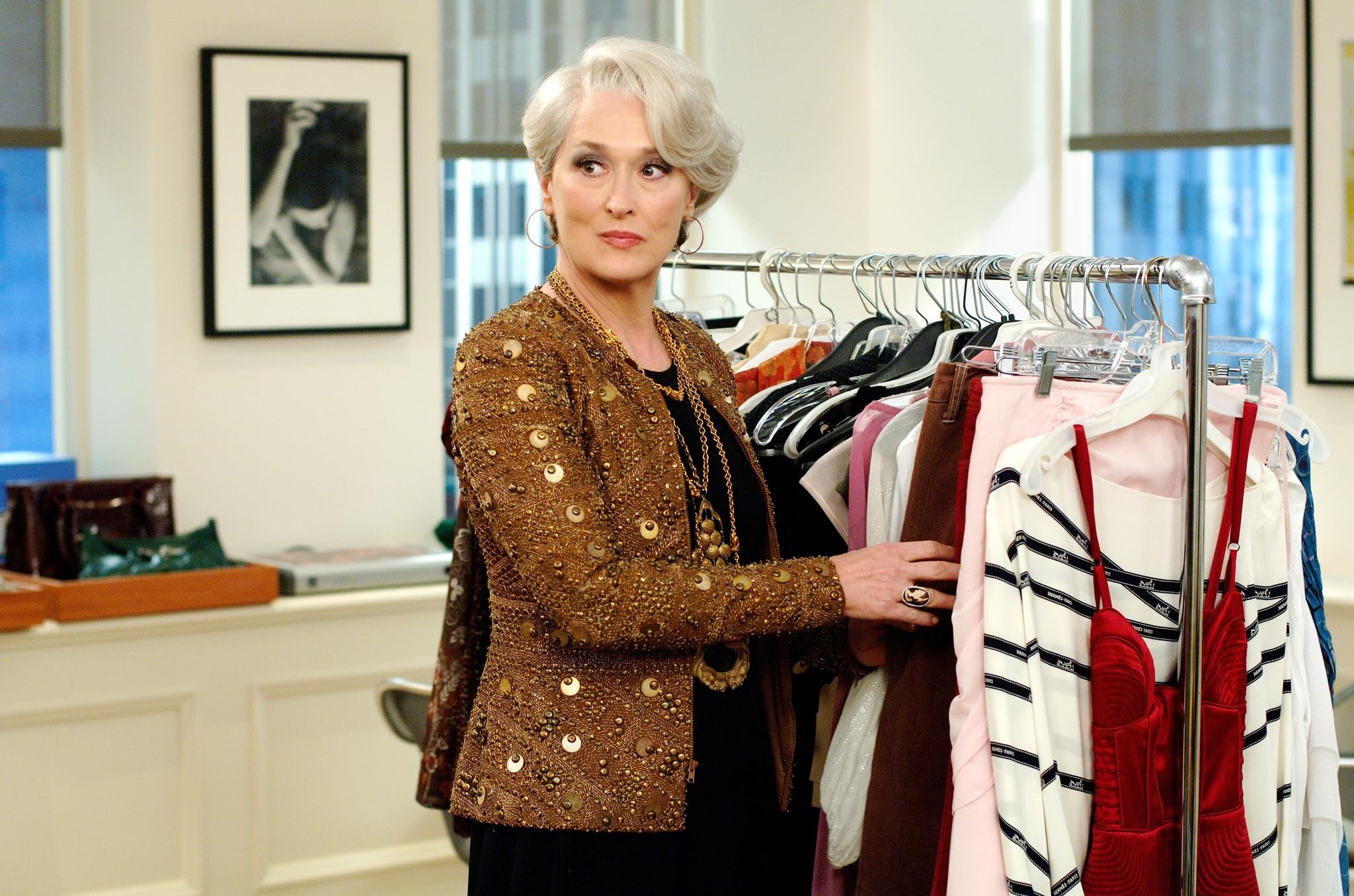
The pressure to maintain a size 0 figure and the dieting culture depicted in the movie’s cafeteria scenes are increasingly seen as problematic. More chowder, please! The industry is gradually embracing body positivity and inclusivity, making such scenes less relatable for contemporary audiences.
Sustainable Fashion

Green is the new black. There is a strong emphasis on sustainability in the industry. Brands and consumers alike are adopting eco-friendly practices and ethical choices, from recycled materials to fair trade certifications. Sustainable fashion and sustainability itself are now a movement towards a more responsible future.
Mental Health Awareness
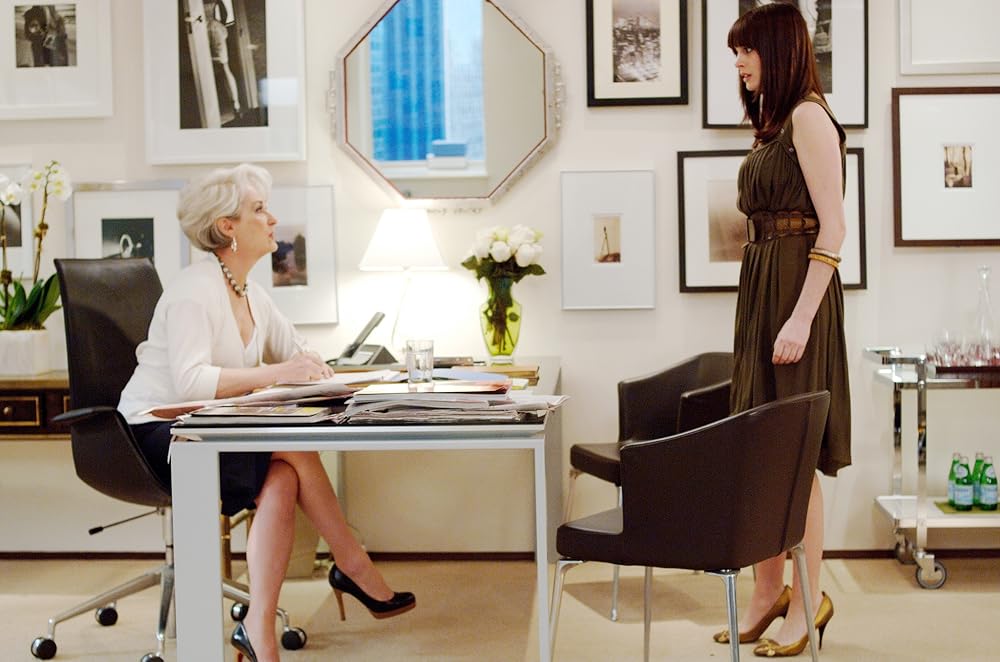
One significant shift since the original is the industry’s increasing awareness of mental health. The pressures depicted in the movie, like demanding work environments, are being challenged. Professionals are continually advocating prioritizing mental well-being. Self-care is as crucial as sample fittings, where burnout is recognized and addressed, and where success is measured not just in magazine covers and page views, but in personal happiness.
Rivalry Against Officemates
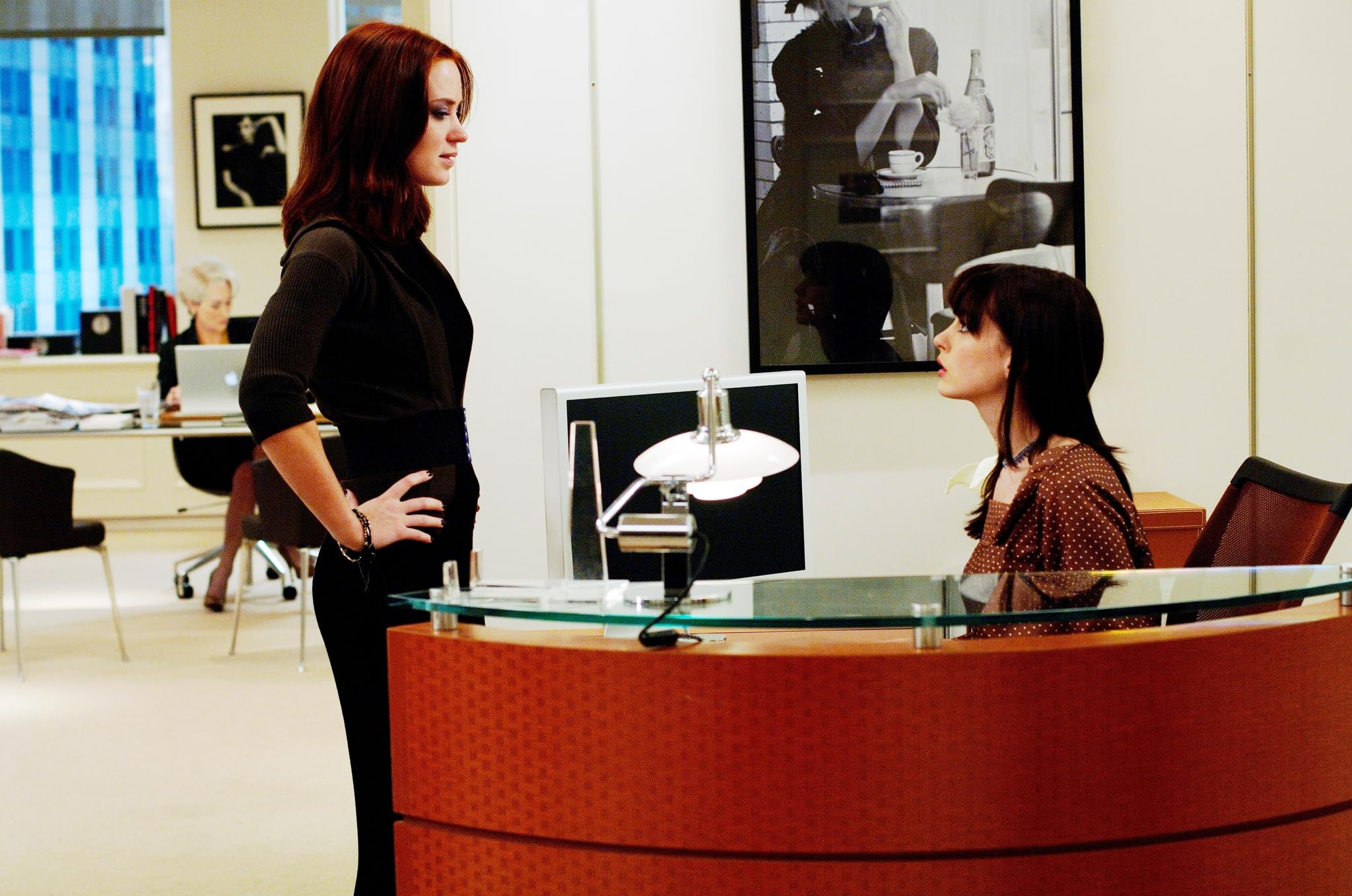
While cutthroat competition was once the norm, today’s industry is smaller and more interconnected, fostering a sense of camaraderie rather than rivalry. Many industry professionals are friends and collaborators, making the hostile office dynamics of the original film feel out of step with current realities. Who needs the negativity anyway?
Using Assistants for Personal Errands
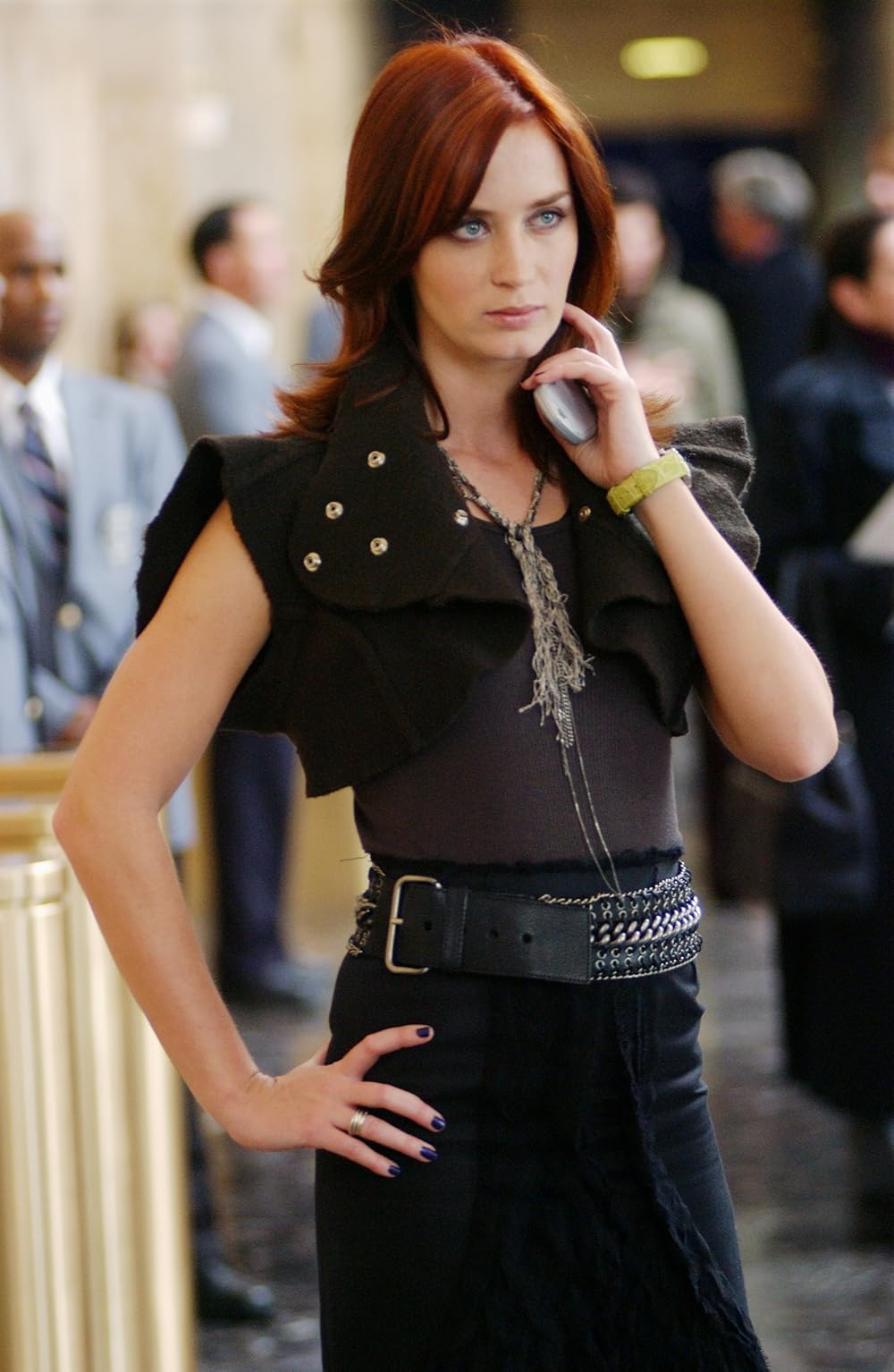
The days of using assistants to run personal errands are fading as work-life balance becomes a priority. Modern workplaces are recognizing the importance of respecting boundaries and promoting healthier work environments.
The Unsupportive Significant Other

In this economy? I don’t think so. While we understand boundaries, Andy’s struggle to defend her boyfriend who didn’t root for her career ambitions feels outdated and cliche. Modern narratives celebrate partners who support each other’s professional goals, recognizing that a career-driven girlfriend deserves a cheerleader, not a detractor.
Tech Integration
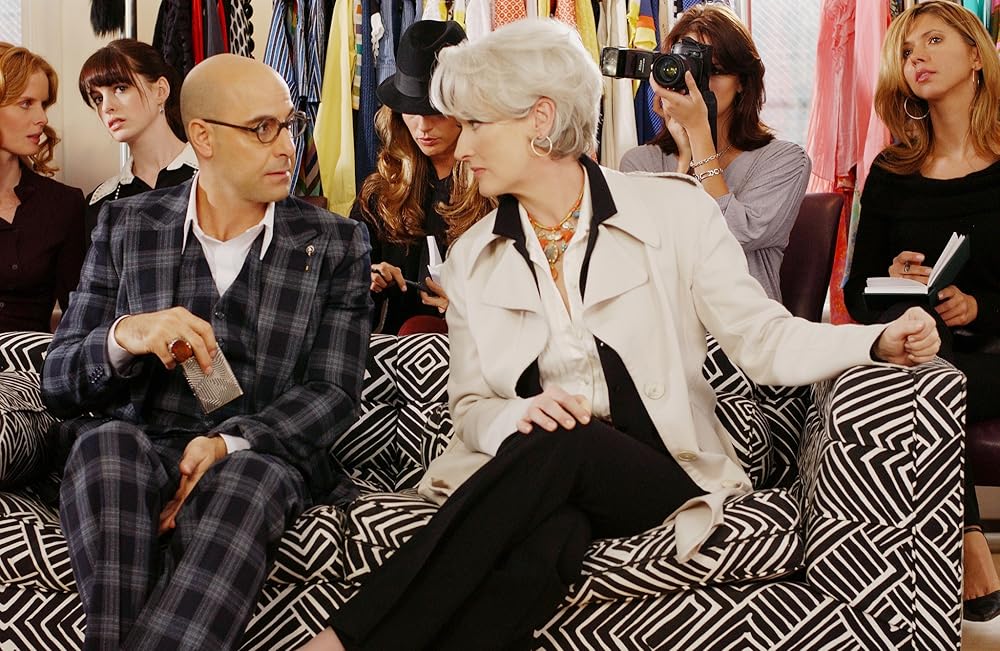
The industry has embraced the trio of Artificial Intelligence (AI), Augmented Reality (AR), and Virtual Reality (VR). These tools are no longer confined to sci-fi movies; they’re reshaping retail management, design processes, and immersive experiences such as runway shows or collection launches. Whenever technology innovates, the fashion’s future looks as sharp as a freshly pressed Prada suit.
As Miranda Priestly, Emily Charlton, and Andy Sachs return to the screen, these industry shifts will undoubtedly influence the plot. The sequel has the chance to swap stilettos for sneakers and rivalries for real friendships, reflecting a more modern, inclusive, and supportive fashion world.
Photos and Featured Image: THE DEVIL WEARS PRADA (via IMDB and 20TH CENTURY STUDIOS)
